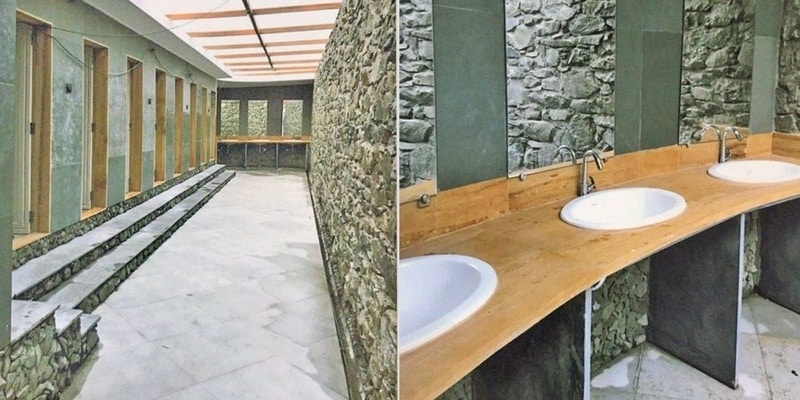.jpg)
The Power of Miyawaki Plantations: Bringing Back Greenery to the Dense Metropolis
In the heart of Mumbai's concrete jungle, 64 Miyawaki forests have sprouted up, offering a ray of hope for the city's residents. The Brihanmumbai Municipal Corporation has been at the forefront of this movement, dedicating land and funds to establish these mini forests. These lush green spaces, ranging from 500 square meters to 7 or 8 acres, provide a welcome respite from the chaos of city life. The Miyawaki method, perfected by Japanese botanist Akira Miyawaki in the 1980s, has been adopted by the BMC, who has taken this innovative afforestation technique to new heights. The BMC will have finished planting four lakh trees using the Miyawaki method by March 2023. The city authority has gone a step further and mandated that 5% of the space on all properties larger than 10,000 square meters be set aside for Miyawaki plantations. The Navi Mumbai Municipal Corporation, Thane Municipal Corporation, and New Delhi Municipal Corporation have all imitated this strategy by building their own Miyawaki forests. For years, Mumbai has been plagued by an abysmal per capita accessible open space ratio and a shrinking green cover. But now, the city has been recognized as the 'Tree City of the World' by the United Nations in 2021. The success of the Miyawaki forests has caught the attention of many civic bodies and has given Mumbai a new lease on life. As Jitendra Pardeshi, superintendent of BMC's garden and trees department says, "Indigenous varieties are better suited for the city." With this push, Mumbai is no longer just a city of concrete and chaos, but one of greenery and hope.



